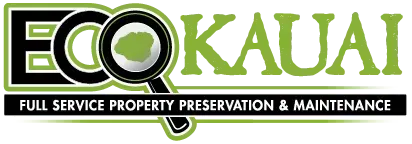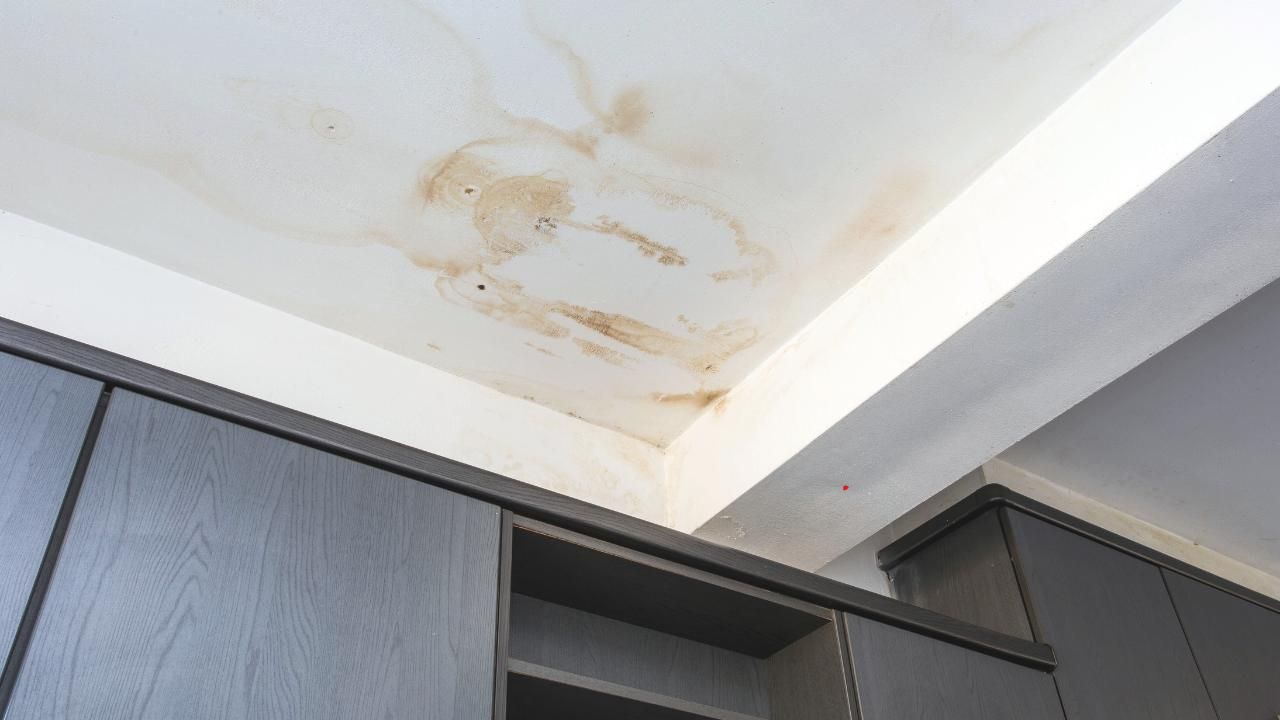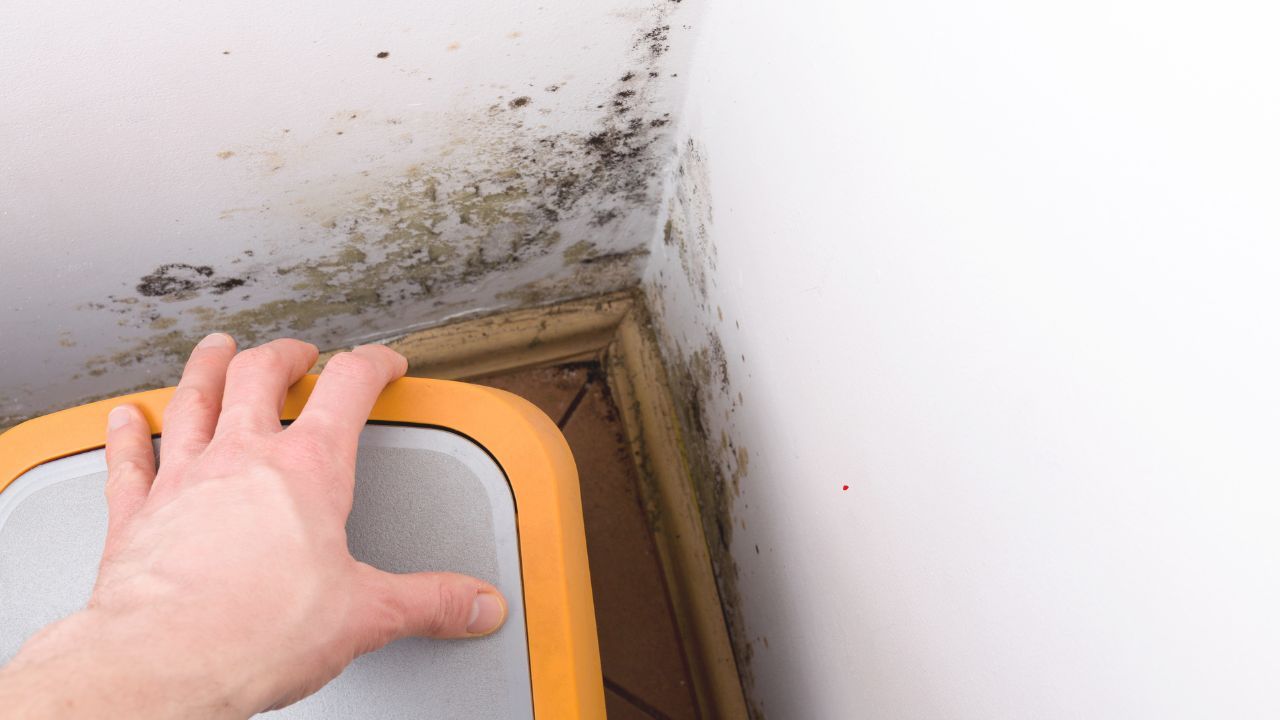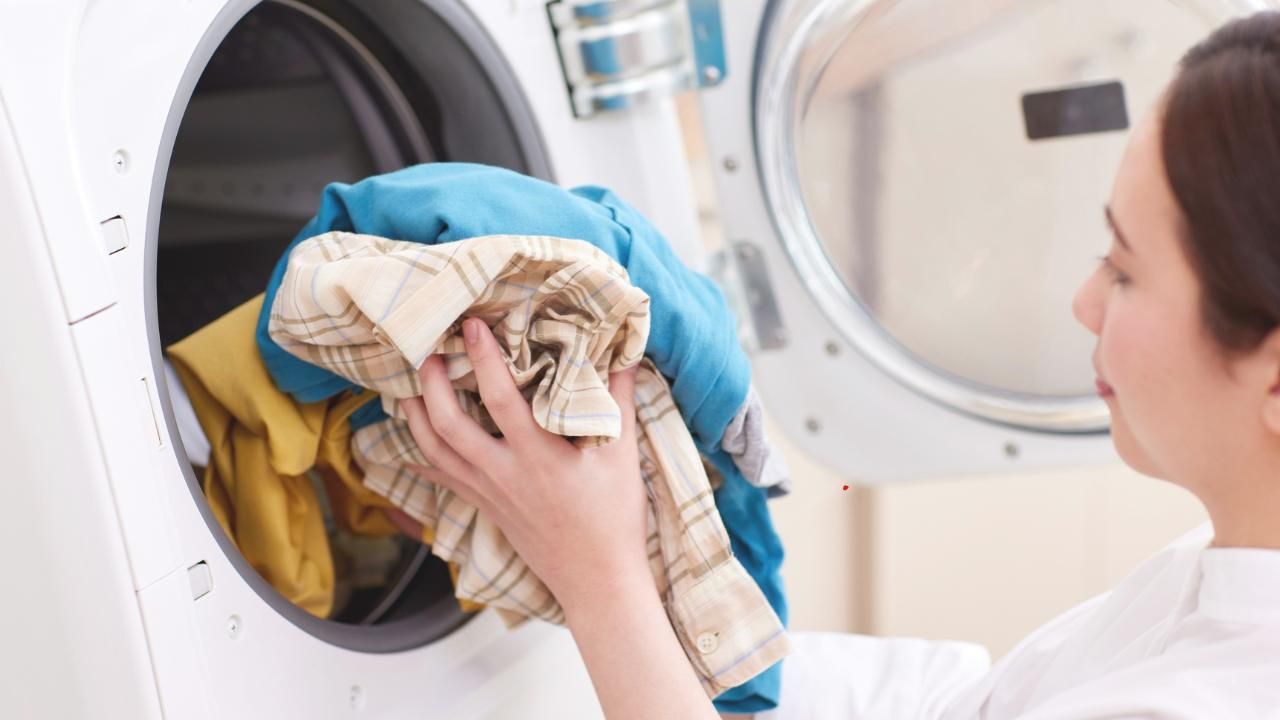Black Mold: How Dangerous Is It Really?
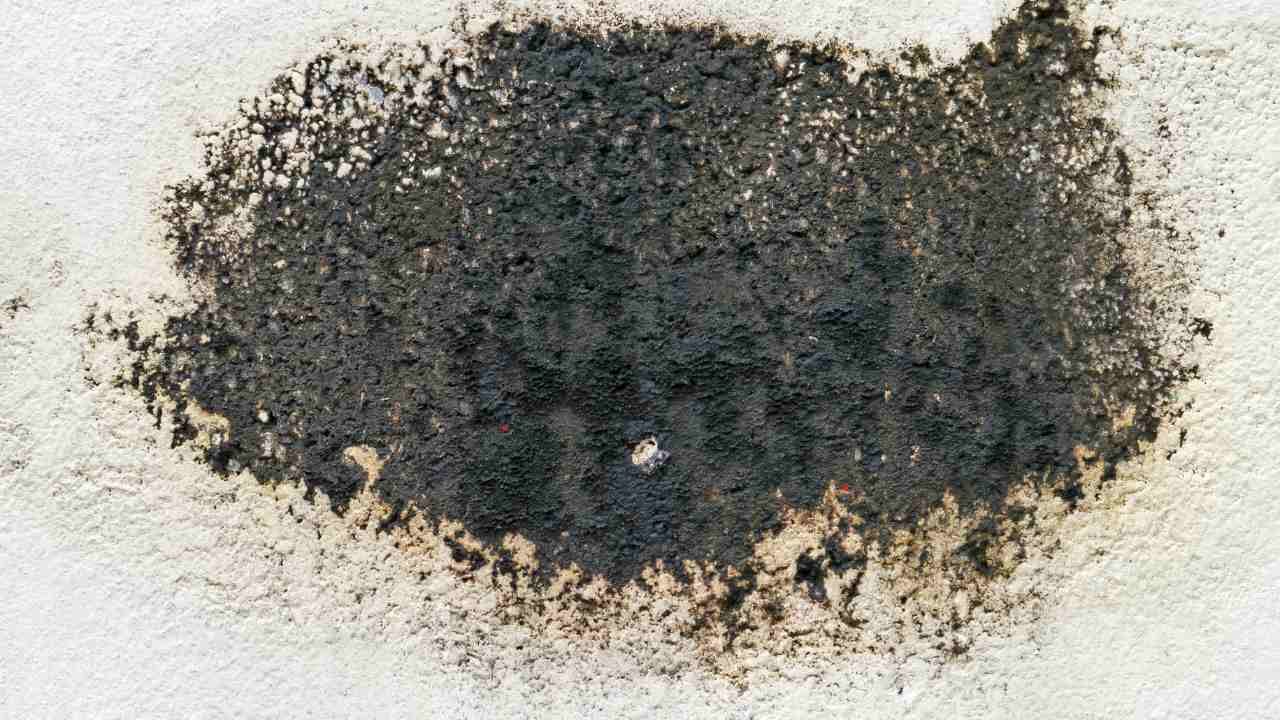
It’s a phrase that sends a chill down homeowners’ spines—black mold. You may have spotted it creeping along bathroom tiles or hiding behind drywall after a leak. But how serious is this household invader? For residents seeking mold removal in Kaua’i, Hi, understanding the true dangers of black mold can make the difference between a quick fix and a major health risk.
In this article, we’ll explore what black mold is, the risks it poses, and when it’s time to call in professional help. We’ll also walk through a quick real-life case to put things into perspective.
What Is Black Mold?
Black mold, scientifically known as Stachybotrys chartarum, thrives in warm, damp, and humid environments. You’ll most often find it in places with chronic moisture issues—think basements, bathrooms, behind walls, or under sinks. It appears as a slimy, dark green or black growth and spreads quickly if left untreated.
But what makes black mold especially concerning is the mycotoxins it can release. These microscopic toxins aren’t visible to the naked eye, but they can pollute indoor air and enter the human body through inhalation or skin contact.
Is Black Mold Really Dangerous?
The short answer: yes, but not always to the same degree for everyone. Here's a breakdown of the possible health effects:
- Mild symptoms: Sneezing, coughing, watery eyes, skin rashes
- Moderate reactions: Persistent headaches, fatigue, sinus infections, worsening asthma
- Severe complications: Respiratory distress, neurological issues, especially in those with weakened immune systems, infants, and the elderly
For people with mold allergies or existing lung conditions, even minimal exposure can spark aggressive reactions. And while black mold isn’t radioactive or deadly in every case, long-term exposure in poorly ventilated areas should never be ignored.
How to Spot the Signs
Before black mold becomes a bigger problem, look out for these telltale signs:
- Musty, damp odor in enclosed areas
- Warped walls or bubbling paint
- Dark spots growing on walls, ceilings, or floors
- Increased allergy symptoms indoors
If you detect more than one of these signs, it’s time to act fast—especially in humid climates like Kaua’i, where mold can thrive year-round.
Why DIY Isn’t Always the Best Idea
Sure, there are countless tutorials online for DIY mold removal. And for small surface areas, that might be enough. But black mold often runs deeper than what’s visible on the surface.
That’s where professional mold remediation comes in. A trusted provider like Eco Kauai Services offers targeted solutions using specialized equipment to remove not just the mold but also the conditions that let it grow. Their services include moisture detection, air filtration, containment, and full remediation—ensuring it doesn’t come back.
Case Study: A Quick Fix That Nearly Went Wrong
A family in Līhuʻe noticed a persistent mildew smell in their toddler’s bedroom. Thinking it was just leftover moisture from a rainy week, they wiped down the walls and left the windows open. Weeks later, their child developed a lingering cough and fatigue. After a professional inspection, they discovered black mold hidden in the wall insulation—caused by a slow plumbing leak. The cleanup required full wall removal and air purification, but thankfully, the family caught it in time.
This case is a powerful reminder: when in doubt, don’t risk it—investigate it.
The Bottom Line
Black mold isn’t something to panic over, but it is something to take seriously. Early detection, professional assessment, and thorough cleanup are your best defenses. If you suspect mold is growing in your home, especially in a humid environment like Kaua’i, don’t wait until symptoms appear.
Think you’ve spotted signs of black mold in your home? Schedule a professional inspection with a black mold removal expert in Kauai today and protect your family’s health before mold becomes a bigger threat.
